In the smelting process of non-ferrous metals, the non-ferrous metal melting furnace, as a core piece of equipment, has a crucial impact on smelting efficiency, aluminum material quality, and production costs.
Gas-fired aluminum melting furnace and medium-frequency aluminum melting furnace are two common and widely used smelting equipment, each with its own characteristics, suitable for different production needs and environmental conditions. This article will delve into the main differences between these two types of non-ferrous metal melting furnaces to help you choose the most suitable equipment.
Differences in Heating Methods
Gas-Fired Aluminum Melting Furnace
This non-ferrous metal melting furnace generates high-temperature flames by burning gas (such as natural gas, liquefied gas, or light diesel), directly heating the aluminum material. Heat radiation and convection are its main modes of heat transfer. Due to its reliance on external fuel and sufficient oxygen, the heating process of the gas-fired aluminum melting furnace is relatively slow and there is a certain amount of heat loss.
Medium-Frequency Aluminum Melting Furnace
It uses medium-frequency induction heating technology, relying on the current passing through induction coils to generate an electromagnetic field, causing the aluminum material to produce eddy currents and heat spontaneously. This method doesn't have an external heat source, has extremely high energy efficiency, and almost no heat loss, making it an efficient and green non-ferrous metal melting furnace.
Differences in Heating Speed and Efficiency
Gas-Fired Aluminum Melting Furnace
Although the gas-fired aluminum melting furnace can effectively melt aluminum materials, due to some heat loss during the heating process and the need for an external fuel supply, its heating speed is relatively slow and its energy utilization rate is lower.
Medium-Frequency Aluminum Melting Furnace
The heating speed of the medium-frequency aluminum melting furnace is very fast because electromagnetic induction heating can quickly convert heat into the required temperature for the aluminum material, with almost no heat waste, and higher energy utilization. It is particularly suitable for production environments with high requirements for smelting speed and efficiency.
Differences in Maintenance and Operation
Gas-Fired Aluminum Melting Furnace
The gas-fired aluminum melting furnace requires regular checks and maintenance of the gas pipelines, burners, and other components for sealing and safety. Operation also needs to focus on gas flow and temperature control, making its operation and maintenance relatively complex.
Medium-Frequency Aluminum Melting Furnace
Due to the use of induction heating technology, the maintenance of the medium-frequency aluminum melting furnace is relatively simple, mainly involving regular checks of the induction coils and cooling system. Modern non-ferrous metal melting furnaces are mostly equipped with automated control systems, making operation more convenient and reducing the risk of human intervention.
In summary, when choosing a non-ferrous metal melting furnace, the characteristics and advantages of gas-fired aluminum melting furnaces and medium-frequency aluminum melting furnaces will vary according to your production needs and environmental conditions.
If your production is located in areas with tight or lacking power resources and has lower requirements for smelting speed, a gas-fired aluminum melting furnace is undoubtedly an economical and practical choice.
If you need an efficient, environmentally friendly smelting process, with faster heating speeds and higher energy utilization efficiency, especially in high-precision industries (such as aviation, automobile manufacturing, etc.), a medium-frequency aluminum melting furnace will be a better choice.
Regardless of which type of non-ferrous metal melting furnace you choose, the key is to comprehensively consider multiple factors such as the production environment, quality requirements, energy consumption, and environmental standards. Understanding the characteristics and application scenarios of different smelting furnaces will help you ensure production efficiency while maximizing work efficiency and reducing long-term operational costs.

 en
en  cn
cn  jp
jp  ko
ko  de
de  es
es  it
it  ru
ru  pt
pt  th
th  vi
vi  pl
pl 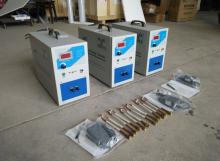
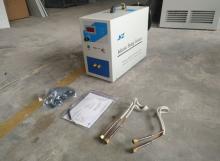
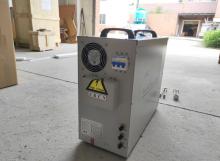
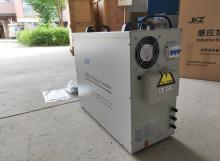
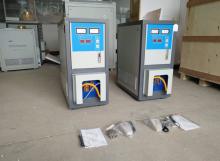
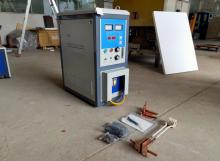
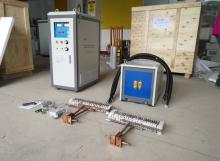
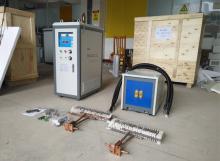
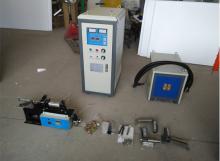
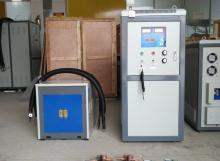
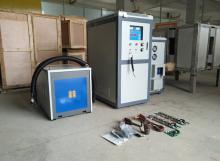
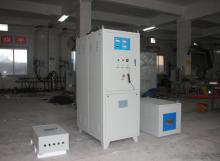
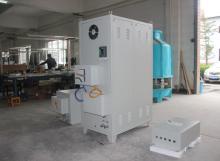
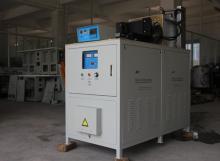
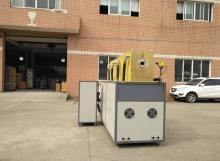
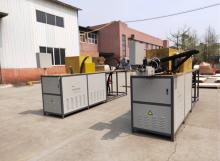
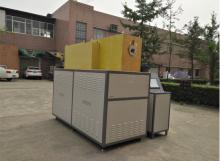
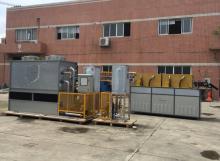
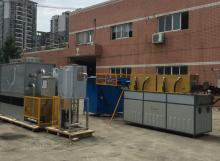
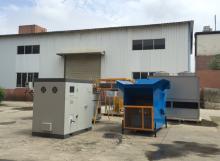
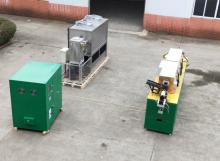
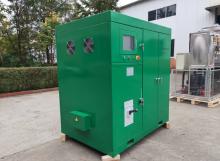
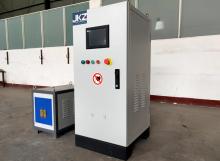
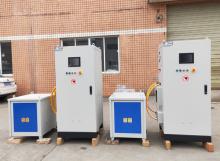
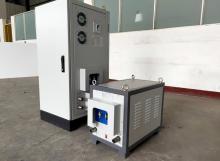
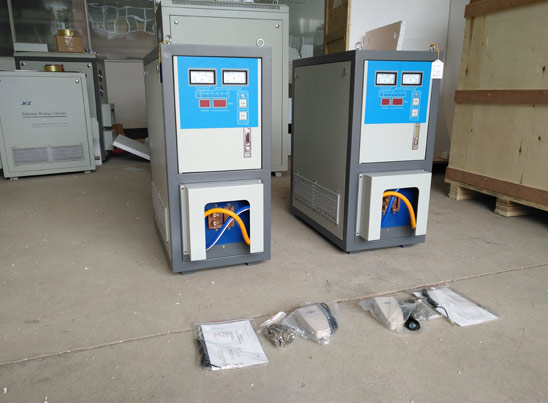
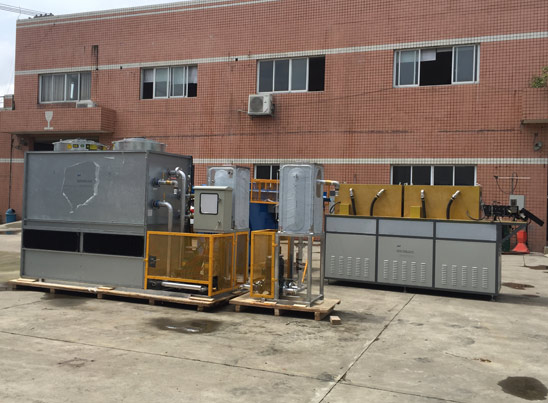
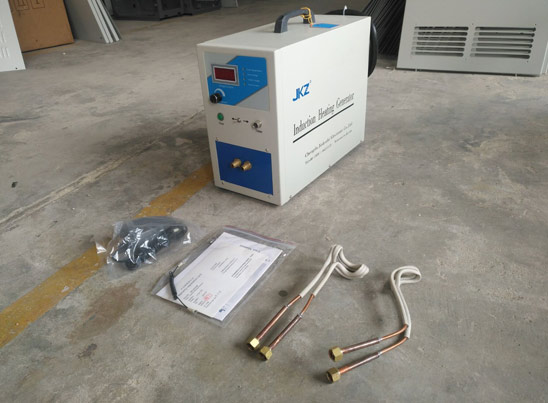


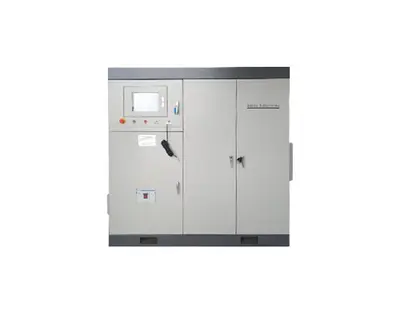



 Call us on:
Call us on:  Email Us:
Email Us:  NO. 688th South Baoguang Road, Xindu District, Chengdu City, Sichuan Province, China
NO. 688th South Baoguang Road, Xindu District, Chengdu City, Sichuan Province, China